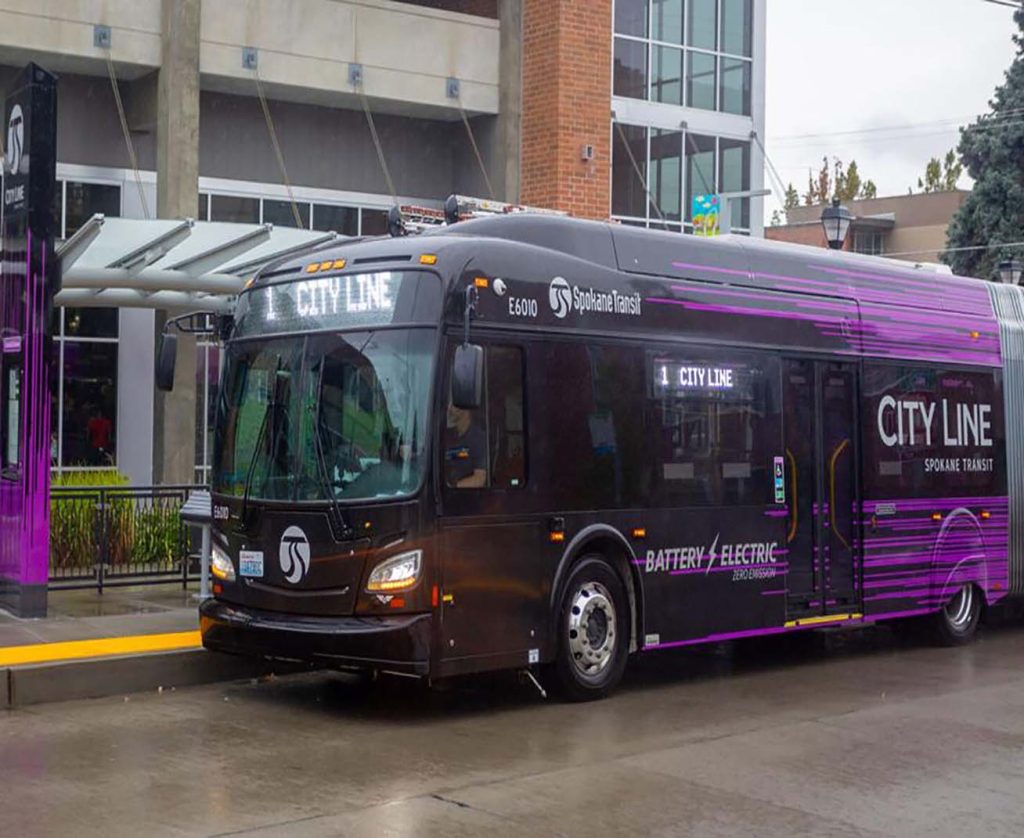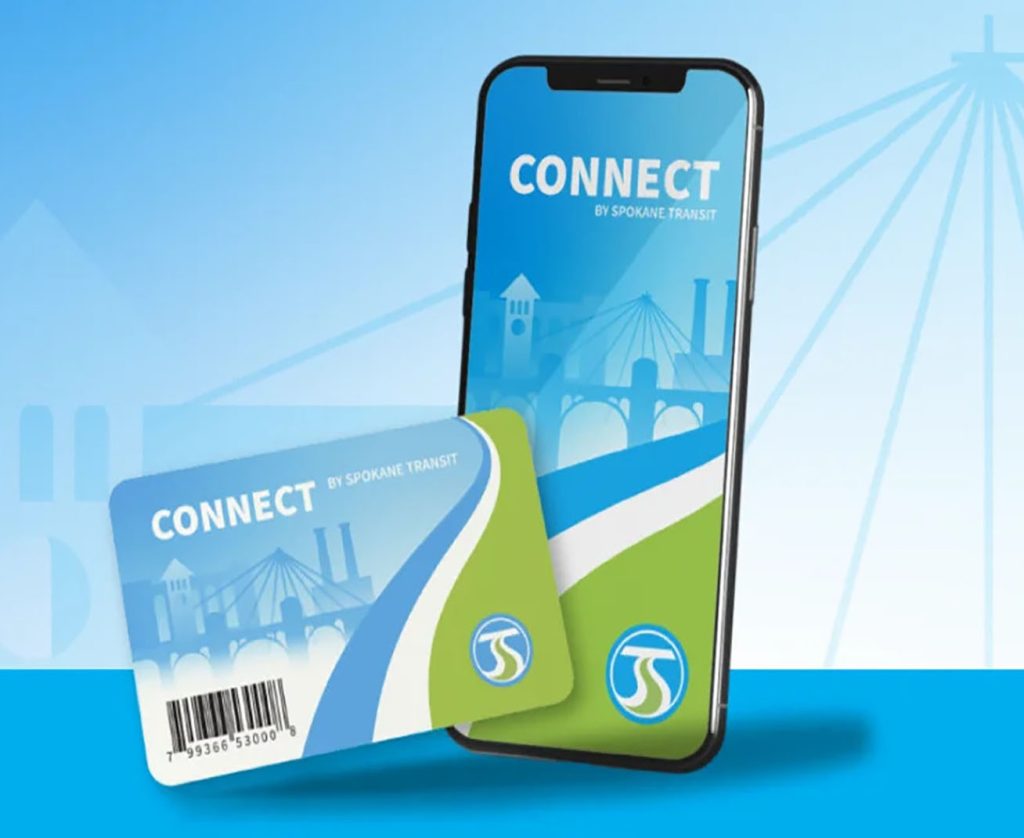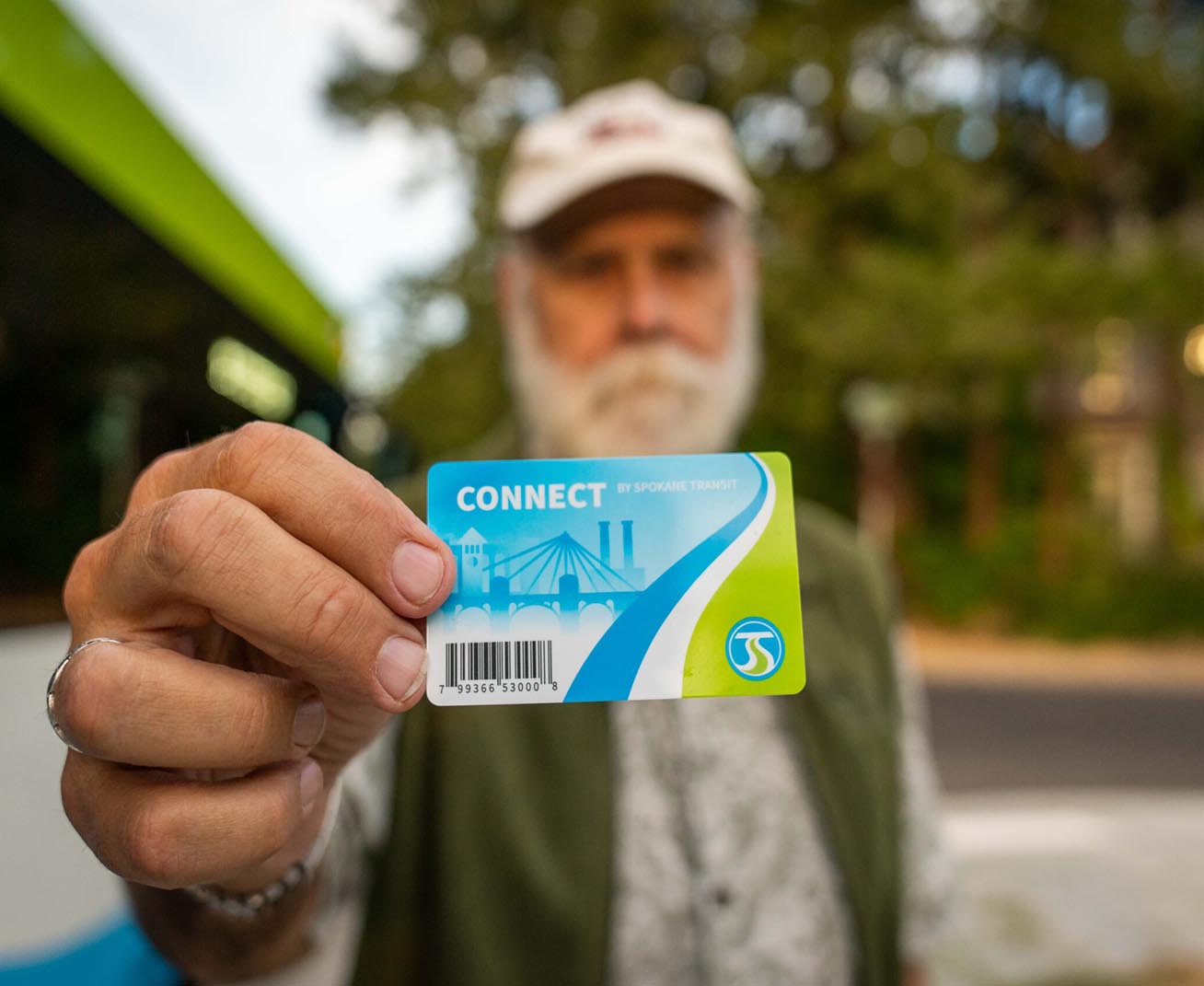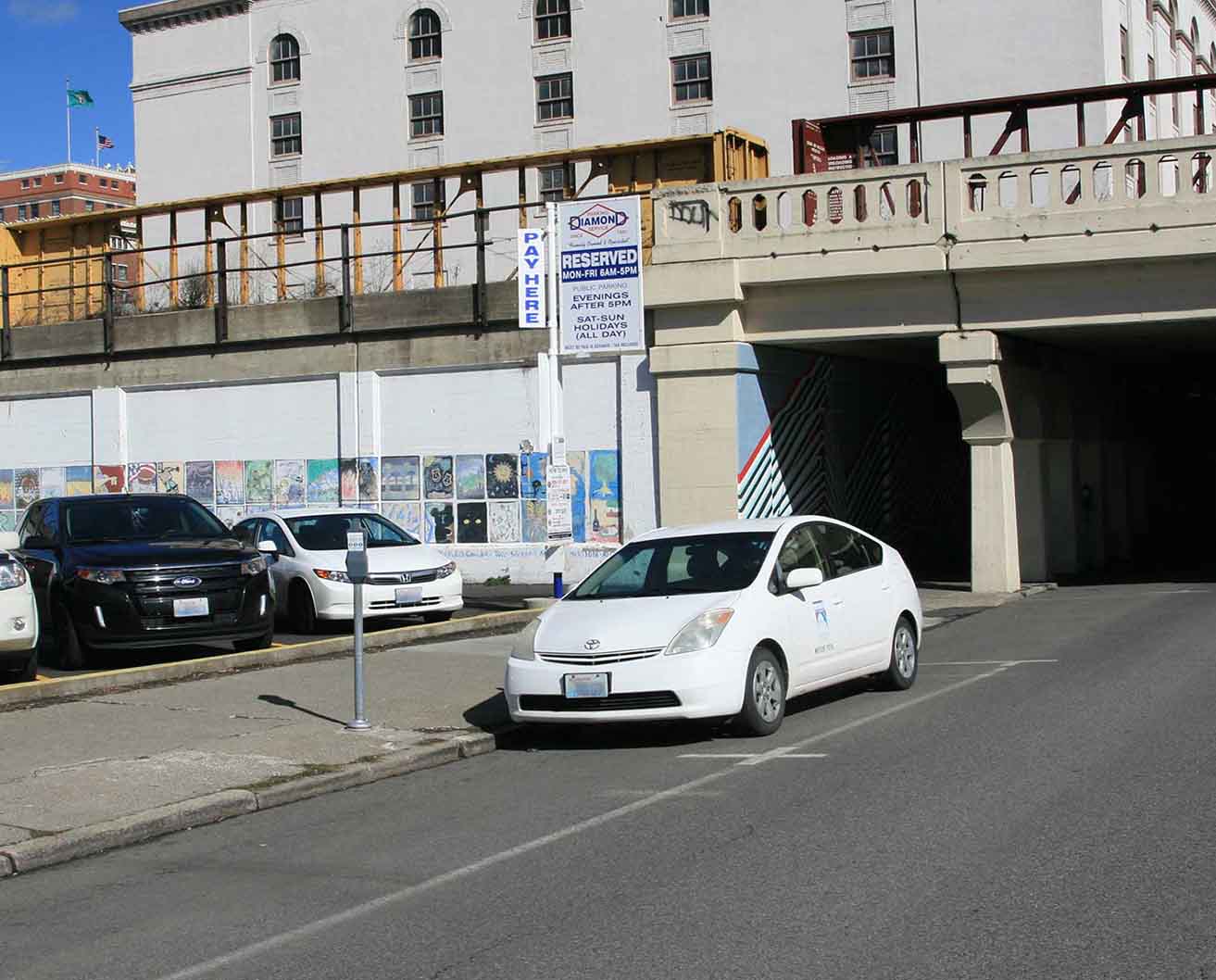When I first decided to visit Spokane, Washington, I knew I wanted to experience the city as the locals do. One thing immediately stood out to me: getting around Spokane efficiently required understanding its public transportation system. For anyone traveling here for the first time, the Spokane Transit Authority (STA) provides an easy, convenient, and cost-effective way to navigate the city through their transit cards. Over my week-long stay, I immersed myself in Spokane’s public transit, learning the ins and outs of their system, and I’m excited to share my experience and practical tips for fellow travelers.
Understanding Spokane’s Public Transportation
Spokane may not be as large as Seattle or Portland, but its public transportation network is impressively organized for a city of its size. The STA buses cover most neighborhoods, tourist attractions, and suburban areas. The city has also been modernizing its system with transit cards that allow visitors and residents alike to move seamlessly without fumbling for exact cash or paper tickets.
For a first-time visitor like me, grasping the basics of the Spokane transit system made a huge difference. STA offers a reloadable Smart Card, which functions similarly to the transit cards you might have used in cities like New York (MetroCard) or Boston (CharlieCard). The card is accepted on all local buses and serves as a convenient, contactless way to pay for fares.
Getting Your Spokane Transit Card
One of the first things I did after landing in Spokane was head straight to an STA Customer Service Center. There are multiple locations downtown and near major transit hubs, including the STA Plaza, which is a central point for bus connections. If you prefer convenience, you can also purchase the card at select retail outlets or online through the STA website.
When I obtained my card, I was struck by how simple it was to activate and load money onto it. I initially loaded \$20, which was more than enough for a few days of exploring downtown, visiting local museums, and hopping between parks. The STA card uses a stored-value system, meaning the fare for each ride is automatically deducted with no need to carry cash.
Loading and Managing Your Card
One of the most useful aspects of the Spokane transit card is its flexibility. I learned that you can reload it in multiple ways:
- Online: Through STA’s official website, you can add funds using a credit or debit card. I appreciated that I could manage my card even while sitting at a café in the city.
- At kiosks: STA offers self-service kiosks at major transit centers, which were intuitive to use. Simply tap your card, select the amount, and pay.
- Retail locations: Many local convenience stores accept STA card top-ups, which was handy when I was far from downtown.
One tip I would give to first-time users is to check your card balance regularly. I found myself occasionally forgetting how much I had left, and since bus drivers cannot provide change for cash, ensuring sufficient funds beforehand avoids any stressful situations.
Using the Card on Spokane Buses
Riding the bus in Spokane is straightforward once you have your card. I found the tap-on, tap-off system efficient and surprisingly fast. Upon boarding, I simply tapped my card against the reader, which registered my fare immediately. No fumbling for coins, no waiting for change — just a simple, seamless transaction.
During my trip, I learned some small tricks to make the experience smoother:
- Plan ahead: Spokane has a mix of local and express bus routes. The STA website provides real-time tracking, which I frequently used to avoid long waits.
- Peak hours: Buses can be crowded during morning and evening commutes. I preferred mid-morning rides to enjoy a more relaxed journey and a better view of the city.
- Transfers: If you need to switch buses, your STA card automatically applies a transfer window, allowing you to change routes without paying an additional fare for a set period.
This system makes hopping around downtown and nearby neighborhoods like Browne’s Addition, Logan, and Kendall Yards effortless, even for a first-time visitor.

Exploring Spokane Neighborhoods Using Public Transit
One of my favorite days in Spokane was exploring the Riverfront Park area. I boarded a bus at STA Plaza and tapped my card, feeling a sense of convenience I’ve rarely experienced in other U.S. cities of similar size. Riverfront Park offers everything from scenic walking paths along the Spokane River to attractions like the historic Looff Carrousel and Pavilion. Using the transit card, I could hop off at one stop, explore, and then tap back on for the return journey without worrying about exact fares.
Another highlight was Browne’s Addition, one of Spokane’s oldest neighborhoods. Riding the bus there gave me a local’s perspective on residential life, historic architecture, and small cafés. I discovered that some buses pass through key shopping and dining areas, which made impromptu stops incredibly easy.
Tips for Tourists: Maximizing the Use of Spokane Transit Cards
From my experience, a few insider tips can make your first Spokane visit much more enjoyable:
- Download the STA app: This app is invaluable for checking routes, bus arrival times, and managing your card. I used it to find alternate routes when I got slightly lost — it saved me from waiting nearly 20 minutes in the sun.
- Keep a little cash: While the transit card is convenient, it’s always good to carry a few dollars for emergencies or if you need single-ride tickets.
- Combine transit with walking: Spokane is very walkable, particularly downtown. I often tapped off a bus and strolled a few blocks to restaurants, shops, and attractions, then hopped back on another bus using my card.
- Consider a day pass: If you plan multiple trips in a single day, purchasing a day pass using your transit card can save money and simplify your travel.
- Ask locals for tips: I struck up conversations with Spokane residents on buses, and they often gave excellent advice on which routes were fastest or most scenic.
Using the Card for Longer Trips and Special Routes
The STA card isn’t just for local downtown rides. It can be used on longer routes connecting Spokane to suburban areas and nearby attractions. For example, I took a bus heading north toward North Spokane, where I explored local shops and parks. The stored-value card made these trips simple because I didn’t have to calculate cash fares or carry multiple tickets.
If you’re visiting Spokane Valley or planning to catch an event at the Spokane Arena, the transit card system adapts seamlessly. Some express routes offer more comfortable buses with extra seating, making longer trips more pleasant.
Safety and Accessibility Considerations
Spokane’s public transit system is designed with safety and accessibility in mind. During my travels, I noticed features like:
- Priority seating for seniors and passengers with disabilities.
- Announcements on buses for upcoming stops, which is helpful for tourists unfamiliar with the city.
- Well-lit transit centers with clear signage.
I also felt comfortable traveling alone as a solo visitor. The buses are clean, staff are friendly, and many locals are helpful if you have questions. The transit card itself is secure and linked to your account if registered online, so losing it doesn’t mean losing your balance.
Where to Stay and Eat While Using Public Transit
One of the advantages of Spokane’s transit system is that it connects well with the city’s hotels, hostels, and short-term rental areas. During my visit, I stayed at a downtown hotel booked through Booking.com, which allowed me to access reviews, pricing, and convenient locations. The STA bus stop was just two blocks away, which made daily sightseeing effortless.
For food lovers, Spokane offers an array of options accessible via bus. I used my transit card to hop between downtown spots like Clinkerdagger for fine dining, Atticus Coffee & Gifts for brunch, and local breweries in the Garland District. For broader research, platforms like Yelp and Tripadvisor are excellent for finding hidden gems reachable via public transit.
Booking Flights, Tickets, and More in Advance
For tourists, planning ahead can maximize your Spokane experience. I booked my flights through Expedia, which offered a bundled option with hotel stays. This made managing travel logistics easier and saved me money. Additionally, Viator and GetYourGuide were invaluable for booking tickets to Riverfront Park attractions, Spokane Symphony events, and guided city tours.
I also used OpenTable to reserve dinner spots, ensuring that I didn’t miss popular restaurants after a day of exploring. Integrating these booking platforms with Spokane’s transit card system allowed me to create a seamless itinerary.
Experiencing Spokane Beyond Downtown
While downtown is charming, Spokane’s transit system opens doors to areas that many first-time visitors might miss:
- Manito Park: A tranquil spot with Japanese and Rose gardens. I took a bus from downtown and enjoyed a peaceful afternoon stroll.
- Northwest Museum of Arts & Culture: Located in Browne’s Addition, this museum was easy to reach using my transit card.
- Spokane River Centennial Trail: A favorite among bikers and walkers. I combined a short bus ride with walking segments for the full experience.
Using a transit card for these excursions saved me from renting a car, reduced stress, and let me soak in Spokane like a local.
Tips for Families Traveling in Spokane
Traveling with family adds another layer to using the transit system. I noticed parents with children taking advantage of day passes and transfer options, making hopping between playgrounds, museums, and eateries much easier. Some buses are stroller-friendly, and the transit card is a practical way to manage multiple fares without fumbling with cash.
For families visiting Spokane, I recommend planning trips to:
- Riverfront Park: Perfect for kids with playgrounds, rides, and scenic walks.
- Mobius Children’s Museum: A short bus ride away and great for interactive learning.
- Manito Park: For a relaxing afternoon with gardens and picnic areas.
By using the transit card strategically, families can maximize both fun and efficiency.

Combining Spokane Transit with Cycling and Walking
Spokane encourages eco-friendly travel. Many buses are equipped with bike racks, allowing me to combine cycling with public transit. This made it possible to explore more distant areas, like Riverside State Park, without worrying about parking or traffic. Pairing the transit card with walking segments also helped me discover local cafés, galleries, and street art.
Using Spokane Transit Cards
Over my week in Spokane, the transit card proved invaluable. It was convenient, flexible, and made exploring the city hassle-free. From downtown sightseeing to suburban adventures, I never had to worry about cash or complicated ticket systems.
For first-time visitors, my key recommendations are:
- Obtain a card early, either at a Customer Service Center or online.
- Keep track of your balance and reload as needed.
- Use the STA app for real-time tracking and route planning.
- Take advantage of day passes or transfer windows for multiple rides.
- Integrate transit use with walking, cycling, and local attractions for the full Spokane experience.
Using Spokane’s transit card is not just about convenience—it’s a way to see the city as the locals do, at your own pace, and with minimal stress. Whether you’re hopping between parks, museums, or dining spots, the card makes travel accessible and enjoyable.
By combining public transit with smart planning and local insight, your visit to Spokane can be both efficient and unforgettable.
For travel bookings, I recommend Booking.com for accommodations, Expedia for flights, Viator for tickets and tours, and OpenTable for dining reservations. These platforms integrate smoothly into a trip planned around public transit and will enhance your Spokane experience.



